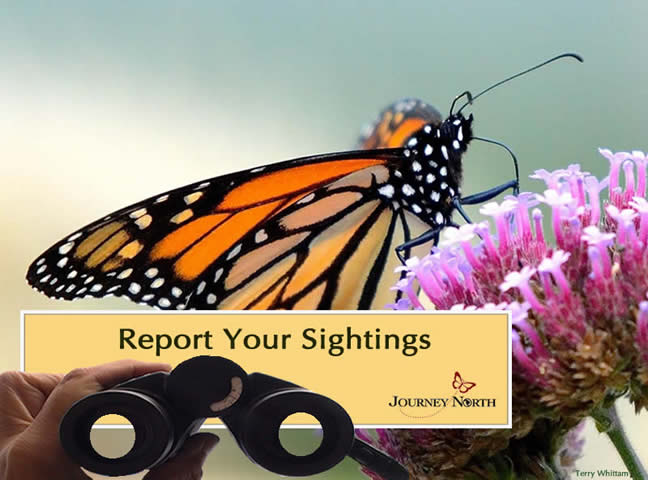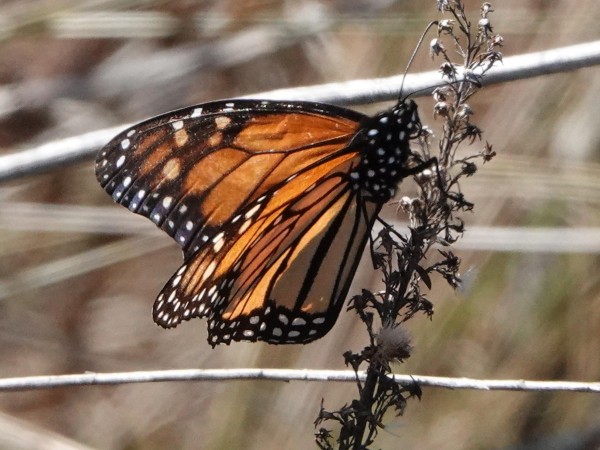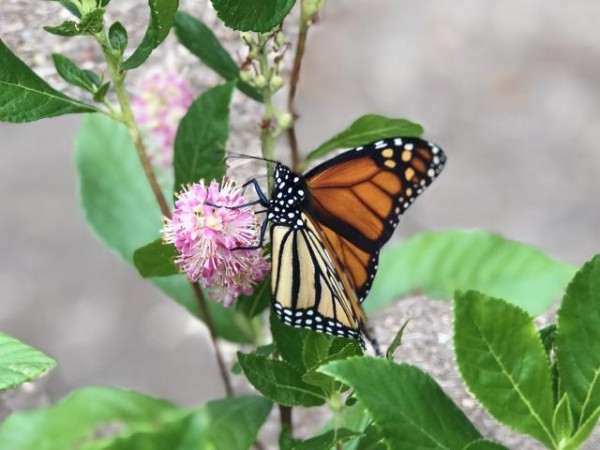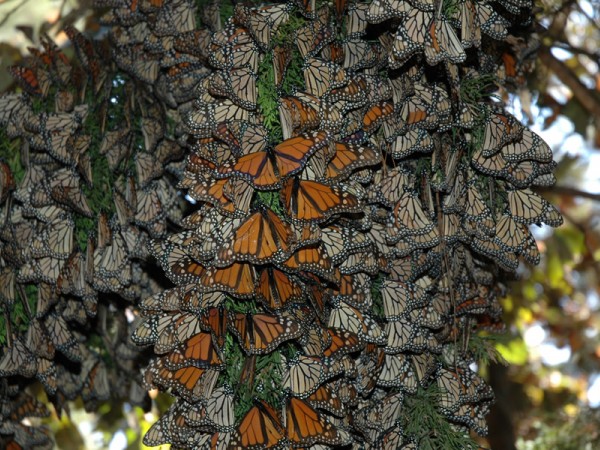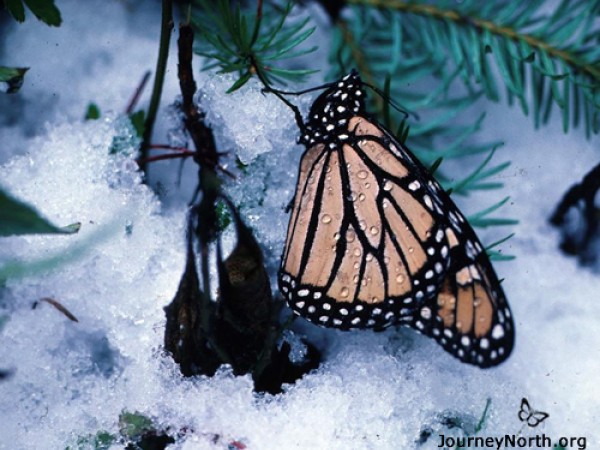Overwintering Monarchs
Ellen Sharp provides an update from Cerro Pelon Monarch Butterfly Sanctuary in Mexico. Plus, a reminder to monitor overwintering monarchs in the Southeastern U.S.
Letter From Ellen Sharp: A Wide-angle View to Help Monarchs
At Cerro Pelon Monarch Butterfly Sanctuary, Ellen Sharp addresses an important oversight in discussions of how to help monarchs following the U.S. Fish and Wildlife Service's decision to not list monarchs as an endangered species. She writes, "Of course, many mentioned the butterflies’ need for healthy habitat. But this habitat did not seem to specifically include the overwintering grounds in Mexico or even in California . . . Ideas for helping the monarch migration can’t stop at the border any more than the monarch migration does."
Estela Romero's School Visits
For the rest of January, Ms. Romero will describe her school visits in her weekly blog posts delivering Symbolic Ambassador Butterflies (as part of the Symbolic Migration Project) and other environmental educational programming. Beginning in February, Ms. Romero will return to report on monarch happenings in the Sierra Chincua and El Rosario Sanctuaries until the monarchs take flight for spring migration.
Monitor Overwintering Monarchs
If you live in the Gulf states of Texas, Louisiana, Mississippi, Alabama, and Florida as well as Georgia, South Carolina and North Carolina, Journey North has a special invitation for you. Not all monarchs migrate to Mexico. Some breed throughout the winter in the southern U.S., and scattered reports show that other monarchs might overwinter here in the US in a non-reproductive state. Researchers and others studying monarchs seek your help to understand this phenomenon.
What to Report
There are three types of observations you can submit to Journey North:
- Monarch Adult Sighted
- Monarch Egg(s) Sighted
- Monarch Larvae Sighted
We want to know what you are seeing! Learn more about What to Report

